Weed Challenge Solved
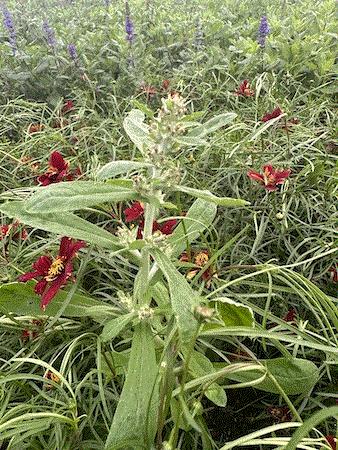
In the last newsletter, I shared this image of an unidentified weed and asked if you could identify it. Before I give out the answer, let’s see some of the responses I received.
As you can see, I received a variety of answers, but there was one answer or a variation of one that I received numerous times—it’s cudweed. Is that the correct answer?
Cudweed was my original answer, but I couldn’t narrow down which species it was. Therefore, I reached out to my weed scientist colleagues Dr. Joe Neal, North Carolina State University, and Dr. Chris Marble, University of Florida, and asked if they could help narrow this down for us.
Here’s Dr. Neal’s response:
I can’t get to the species level with 100% certainty, but there’s a high probability that it is purple cudweed (Gamochaeta purpurea, formerly known as Gnaphalium purpureum). Purple cudweed is fairly common in container nurseries throughout the U.S. and abroad. There are other species within the genus that are similar, but are not common in nurseries. The seeds are wind dispersed, but … only short distances. When you see species like this, look around for sources/liners and infestations near potting substrate storage areas or mature weeds in close proximity.
In Dr. Marble’s own words he's “not crazy familiar with this one,” but he was almost certain it's wandering cudweed (Gamochaeta pensylvanica).
Thank you, Dr. Neal and Dr. Marble, for your input. There you have it—the answer is narrowed down to a type of cudweed. Based on seeing the weed myself, I’ll side with Dr. Marble and call this one wandering cudweed. Anyone who answered cudweed, gamochaeta or gnaphalium can get credit for correctly solving this challenge. I appreciate everyone who sent in their guesses and I think you’re all winners in my book.

Planting Depths
Earlier this week I presented at the New England Greenhouse Conference in Manchester, New Hampshire. In my “You Grow Perennials, What Could Possibly Go Wrong?” presentation, I discussed several areas of production growers commonly have issues with.
One of the issues I discussed was improper planting depths. In most cases where growers plant their containers improperly, they're planting them too deeply, but there are also cases when growers plant the starting materials too shallow.
Most perennials should be “planted even” with the top of the plug or liner being at or just under the media surface after it's planted. Perennials with rosettes or basal branching near the soil are particularly susceptible to being planted too deeply. When this occurs, think of it as their head being below water and they're drowning. Plants planted too deeply will establish slower, have reduced vigor, often develop nutrient deficiencies, may develop root rots, cause crops to appear variable, and in the worst cases, could lead to plant mortality.

Bareroot Planting Depths
Planting depths are also important with bareroot starting materials. The crown of the plant is the point where the stem forms a union with the roots. Be sure to identify where the crown is on the bareroot, as it will look different from one perennial to the next.
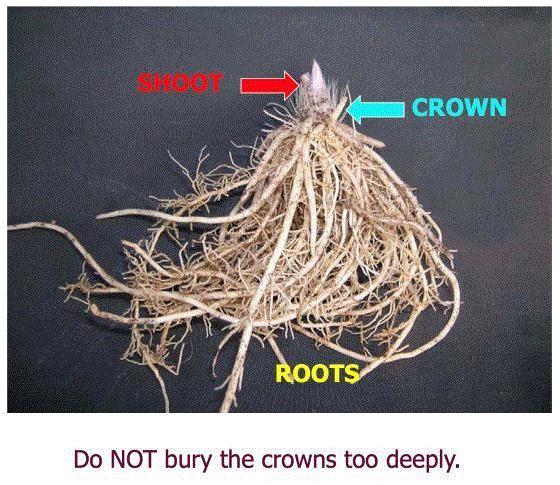
Most bareroot perennials should be planted so the crown of the plant is no more than ½-in. to 1-in. below the surface of the growing mix. Similar to planting plugs/liners too deeply, bareroot planted too deeply will also lead to slower establishment, reduced vigor, cause crops to appear variable and could lead to plant mortality.
Cornell University performed research indicating several bareroot perennials should be planted “high” with the crown being ¼ to ½ in. above the media surface.
The perennials listed above grow more slowly and have less vigor when they're not planted slightly high.
Aris Perennial Trials Results
One of the excellent educational sessions I attended at the NE GH Conference was “Perennial Trial Results” presented by Eileen Anderson, Product & Trials Manager at Aris Horticulture. The perennial trials were initiated two years ago at the Lancaster, Pennslvania, facility and are intended to have each variety evaluated for three years. Since the trials are fairly new, Eileen doesn’t have data for the third year (which will be collected in 2024), so she shared results for the perennials in the trials for the first two years.
Top Two-Year Performers
The perennials below received the highest scores for each of the first two years. Please note that I didn’t have any actual pictures from the Aris Trials, but I did share images of these plants from my own images or from other sources.
|
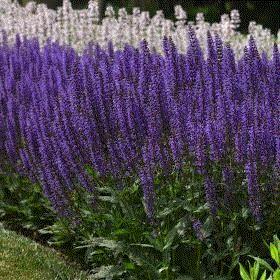
Salvia Blue By You (Darwin Perennials)
|
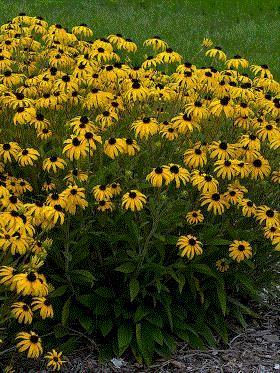
Rudbeckia American Goldrush (Intrinsic Perennials)
|
|
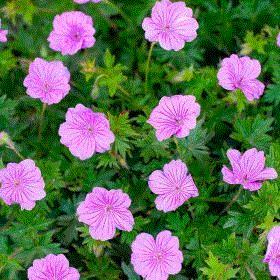
Geranium Blushing Turtles (Must Have Perennials)
|
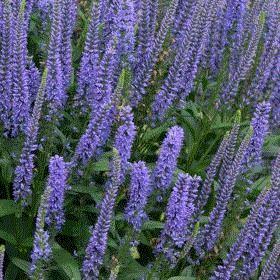
Veronica Seaside (Garden Choice)
|
|
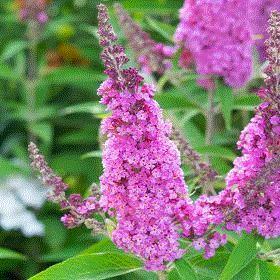
Buddleia Baby Buzz Candy Pink (PlantHaven)
|
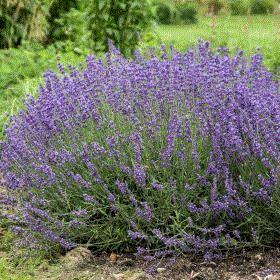
Lavender Sensational (Peace Tree Farms/Concept Plants)
|
Veronica Blue Skywalker (Walters Gardens)
Thank you, Eileen, for sharing your trial results at the conference.
There are hundreds of perennials in the Aris Trial Gardens—more than I can possibly share here. Having said that, I’ll plan on sharing more results in the next issue. In the meantime, visit the
Aris Trial Gardens website if you’d like to learn more about the trials and review each plant’s ratings.

A Hellebore Legacy Continues
After over 30 years carefully growing, selecting and improving the Winter Jewels line of seed-grown hellebore hybrid cultivars, Ernie and Marietta O’Byrne of Northwest Garden Nursery have decided to pass the torch on to Little Prince of Oregon Nursery.
Winter Jewels are seed-grown hellebores with very specific criteria to ensure steady improvements in their features. These traits include:
-
Upright stems with gently nodding flowers (to ensure a long-lasting, colorful display and protect the integrity of the breeding line)
-
Interesting coloration on the backs of tepals for enjoyment from all angles
-
Double flowers with evenly spaced tepals that look beautiful from above
-
Fine foliate that complements, rather than overwhelming the flowers
-
Deep, saturated and even color in flowers
Little Prince of Oregon located in Aurora, Oregon, is known for their high quality, retail-ready houseplants, perennials, groundcovers, ornamental grasses, ferns, native plants, succulents and rare plants. They're honored to be deemed worthy to keep the legacy of the Winter Jewels Hellebore alive. They also intend to enlarge the program through careful selection and evaluations to provide even more improved varieties for hellebore enthusiasts.
Congrats to Little Prince of Oregon! I truly look forward to seeing Winter Jewels in the industry for many, many more years.





Thanks for reading this edition of Perennial Pulse. My email is paul@opelgrowers.com if you have any comments, article suggestions or if you'd just like to say hello.
Best regards,

Paul Pilon
Editor-at-Large—Perennial Pulse
Director of Growing—Opel Growers
This email was received by you and 34,756 other fine subscribers!
If you're interested in advertising in Perennial Pulse, contact Kim Brown ASAP and she'll hook you up.